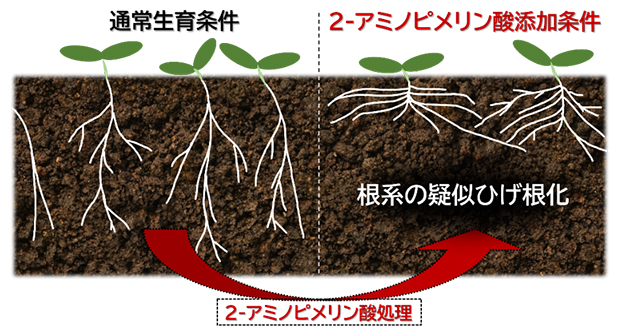2024-05-24 パシフィック・ノースウェスト国立研究所(PNNL)
<関連情報>
- https://www.pnnl.gov/publications/ceramic-metal-composites-possibilities-immobilizing-nuclear-wastes
- https://pubs.acs.org/doi/10.1021/acs.iecr.3c04450
セラミック-金属(サーメット)複合材料: 核廃棄物固定化に焦点を当てた主要特性と合成法のレビュー Ceramic–Metal (Cermet) Composites: A Review of Key Properties and Synthesis Methods Focused on Nuclear Waste Immobilization
Jonathan S. Evarts, Saehwa Chong, Jared M. Oshiro, Brian J. Riley, R. Matthew Asmussen, and John S. McCloy
Industrial & Engineering Chemistry Research Published:March 4, 2024
DOI:https://doi.org/10.1021/acs.iecr.3c04450
Abstract

This paper reviews key properties, applications, and examples of ceramic–metal composites (cermets) and metal matrix composites (MMCs) with emphasis on their applicability as waste forms for immobilizing nuclear waste. While the literature is mature for vitrified and cementitious radioactive waste forms, cermet materials have not received adequate attention as potential candidates for immobilizing nuclear waste. To promulgate this effort, this review connects cermet and MMC design, such as hardened tools, with the chemistry of radioactive waste streams. This paper includes a discussion on certification and qualification standards for cermet waste forms, literature gaps, and “how-to” sections on cermet processing techniques. Key parameters discussed include thermal conductivity, chemical durability, and waste loading, as well as examples for metal-containing waste forms. As cermet waste forms gain momentum within the community, this review paper aims to ensure the end-of-life nuclear fuel cycle is addressed from a materials and waste disposition perspective.



